How to reduce air compressor noise
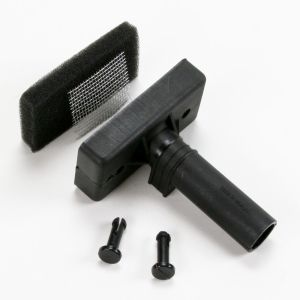

Air compressors are loud, there's no way around it. While some models are quieter than others are, they all create noise while running. It is impossible to make an air compressor 100% noise-free, but there are a few things you can do to reduce the noise to a more bearable level, and protect your hearing.
Wear hearing protection when using air compressor
The most important thing to do is wear hearing protection when using an air compressor. The noise emitted from an air compressor is loud enough to cause permanent hearing loss over time. Hearing protection doesn’t reduce the noise the air compressor makes, but it will reduce the noise you hear.
Location of air compressor for noise reduction
Locate the air compressor as far away from the work area as possible, or in a corner of the shop or garage. Try building an enclosure for the air compressor using materials that absorb noise. Be sure to consider airflow, allowing for both air intake and for cooling. Never completely cover or enclose an air compressor, as this will cause serious overheating.
Install a muffler or silencer on the air compressor
Most of the noise generated comes for the intake side of the pump. There are inlet filter/silencers–or mufflers–available that can reduce noise at differing degrees. It may help to install a 90-degree elbow on the air intake, and then install a silencer.
Most common symptoms to help you fix your air compressors
Choose a symptom to see related air compressor repairs.
Main causes: loose air tube fitting connections, bad check valve, faulty safety valve, damaged or corroded air tank, bad…
Main cause: bad check valve…
Main causes: tank drain valve open or leaking air, leaky air tank, bad safety valve, worn pump seals, bad pump valve pla…
Main causes: rusted air tank, loose air tube fitting connections, bad check valve, leaky safety valve, bad tank drain va…
Main causes: bad safety valve, pressure switch failure…
Main cause: faulty output air pressure regulator…
Main cause: bad air tank pressure gauge…
Main causes: lack of electrical power, check valve failure, bad pressure switch…
Most common repair guides to help fix your air compressors
These step-by-step repair guides will help you safely fix what’s broken on your air compressor.
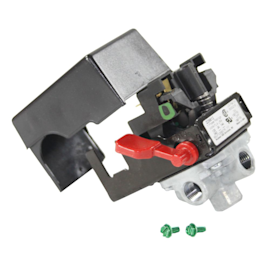
How to replace an air compressor pressure switch
You can replace a broken air compressor pressure switch in about 45 minutes. …
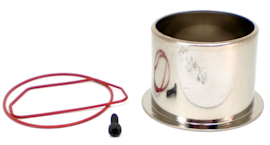
How to rebuild an air compressor pump
If the air compressor won't fill the tank with compressed air, rebuild the pump using these steps in about 45 minutes. …
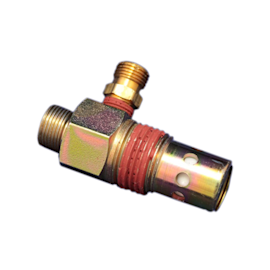
How to replace an air compressor check valve
You can replace a defective air compressor check valve in about 10 minutes.…
Effective articles & videos to help repair your air compressors
Use the advice and tips in these articles and videos to get the most out of your air compressor.
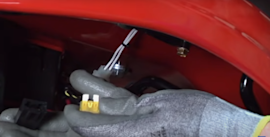
Learn how to tell whether a fuse is blown…
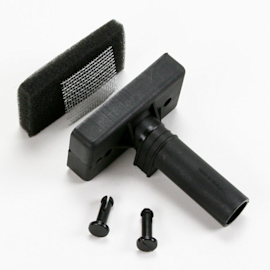
Find out how to reduce air compressor noise.…

See how to perform routine maintenance on your oil-lubricated air compressor.…